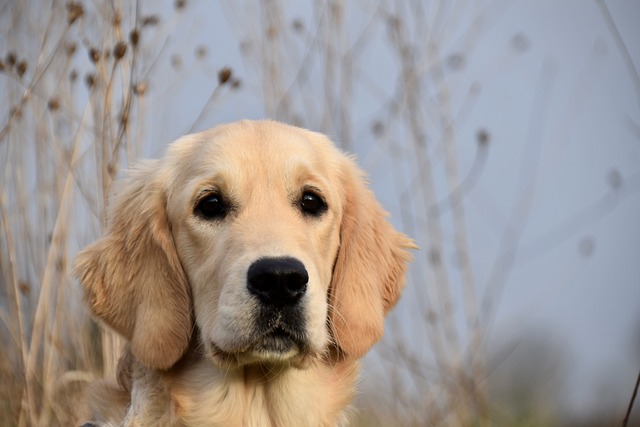
what to do if my dog's skin is peeling
If you’ve ever brushed your hand along your dog’s back and noticed small, paper-thin flakes of skin coming loose—or found little bits stuck to their favorite blanket
If you’ve ever noticed your dog dragging their rear across the carpet or licking their tail area more than usual, they might be trying to tell you something about their anal glands. These small, scent-producing sacs on either side of their rectum can get backed up, and while vets or groomers can express them manually, there are natural ways to help your pup stay comfortable. Let’s break this down so you can support your dog without stress.
First, let’s get clear on what these glands do. In the wild, dogs release a small amount of fluid from these glands when they poop, marking their territory with their unique scent. But our domesticated pups—especially smaller breeds like Corgis or Shih Tzus—often don’t empty them fully on their own. When that fluid builds up, it gets thick and uncomfortable, leading to that telltale scooting or excessive licking. Think of it like a clogged pipe; a little help keeping things flowing naturally goes a long way.
One of the easiest ways to support natural expression is through diet. Adding fiber—like canned pumpkin (not the pie filling) or a sprinkle of psyllium husk to their food—can make their stools bulkier. Firm, well-formed poop puts gentle pressure on the glands as it passes, helping them empty. My neighbor’s Bichon Frise had this issue nonstop until she started mixing a tablespoon of pumpkin into his meals; now he rarely scoots, and his vet says his glands look great. Just check with your vet first to make sure the fiber amount is right for your dog’s size.
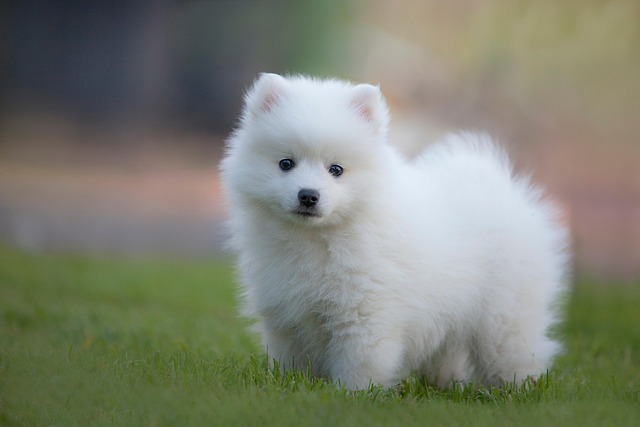
Regular exercise also plays a role. Taking longer walks on varied surfaces—like grass, gravel, or sidewalks—encourages movement in their pelvic area, which can stimulate the glands. Last month, I started taking my Beagle, Lucy, on 20-minute walks instead of 10, and I swear she stopped her post-potty scooting within a week. The key is consistency; aim for daily activity that gets them moving more than just a quick backyard pee break.
Now, let’s talk about being a responsible owner, which ties into laws and community norms here in the U.S. Keeping your dog healthy—including addressing gland issues—is part of meeting their basic needs, which is required by animal welfare laws in every state. Neglecting discomfort could lead to infections, which might land you in hot water with local authorities. When you’re out on those walks, always bring poop bags—fines for leaving waste in public can hit $250 in cities like Seattle, and it’s just respectful to your neighbors.
Remember, positive reinforcement is key if your dog is sensitive about their rear area. If they get nervous when you check their tail, never scold them—instead, offer treats and praise when they stay calm. A trainer friend in Austin uses this with rescue dogs; she says patience builds trust, making vet checks or grooming easier down the line. In apartments, be mindful of that scooting—carpets can trap bacteria, so a quick wipe with pet-safe disinfectant keeps things clean. Also, stick to quiet hours for walks to avoid disturbing neighbors, especially if your dog gets excited and barks on the way out.
If natural methods aren’t working—like if the scooting gets worse or you notice swelling—don’t hesitate to see the vet. They can express the glands safely and check for infections. But for most dogs, a little fiber, exercise, and patience are all it takes to keep those glands happy and healthy.

If you’ve ever brushed your hand along your dog’s back and noticed small, paper-thin flakes of skin coming loose—or found little bits stuck to their favorite blanket
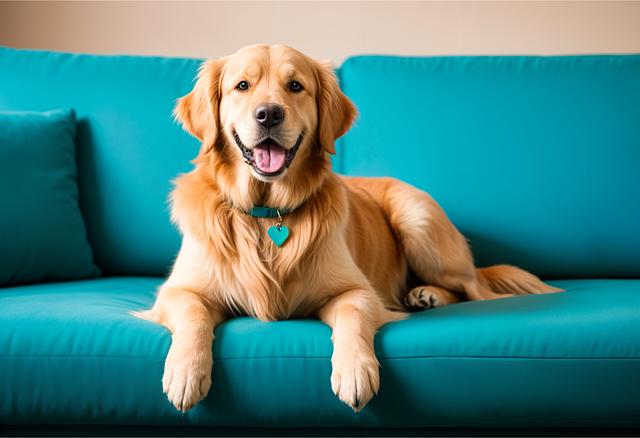
That frustrating moment when your dog won't stop scratching - is it just winter dryness or something more sinister like mites? While both conditions can make your pup miserable
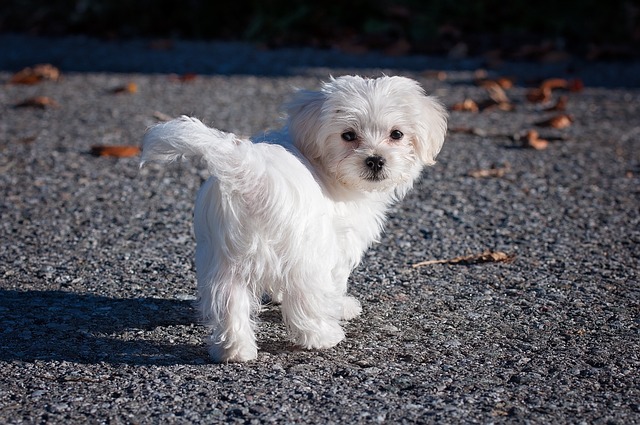
If you’ve noticed your dog’s paws looking cracked, rough, or flaky—maybe they’re licking them more after walks, or you’ve felt the dryness when they rest a paw on your lap

If you’ve ever noticed your dog dragging their rear across the carpet or licking their tail area more than usual, they might be trying to tell you something about their anal glands.
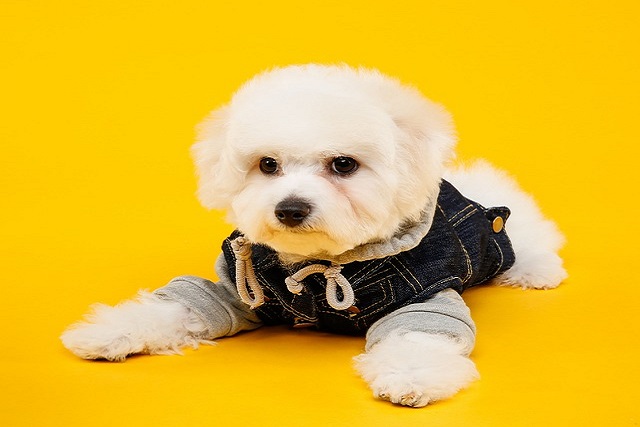
Trying to figure out whether to clip or grind your dog’s nails can feel like a tough call, especially if you’re new to handling those wiggly paws.
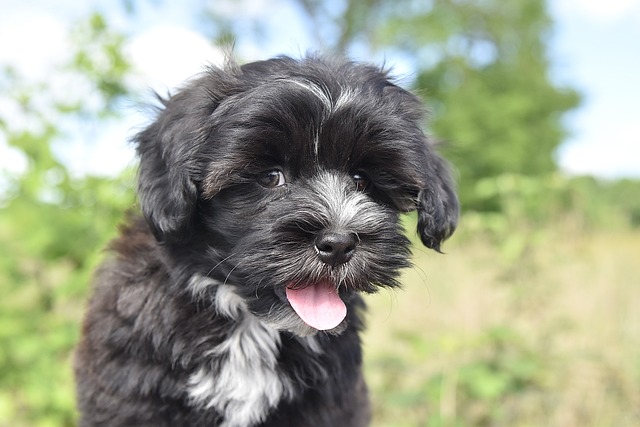
That alarming moment when your dog blinks up at you with a thick, goopy mess crusting around their eye - it's natural to wonder why there's suddenly so much discharge.